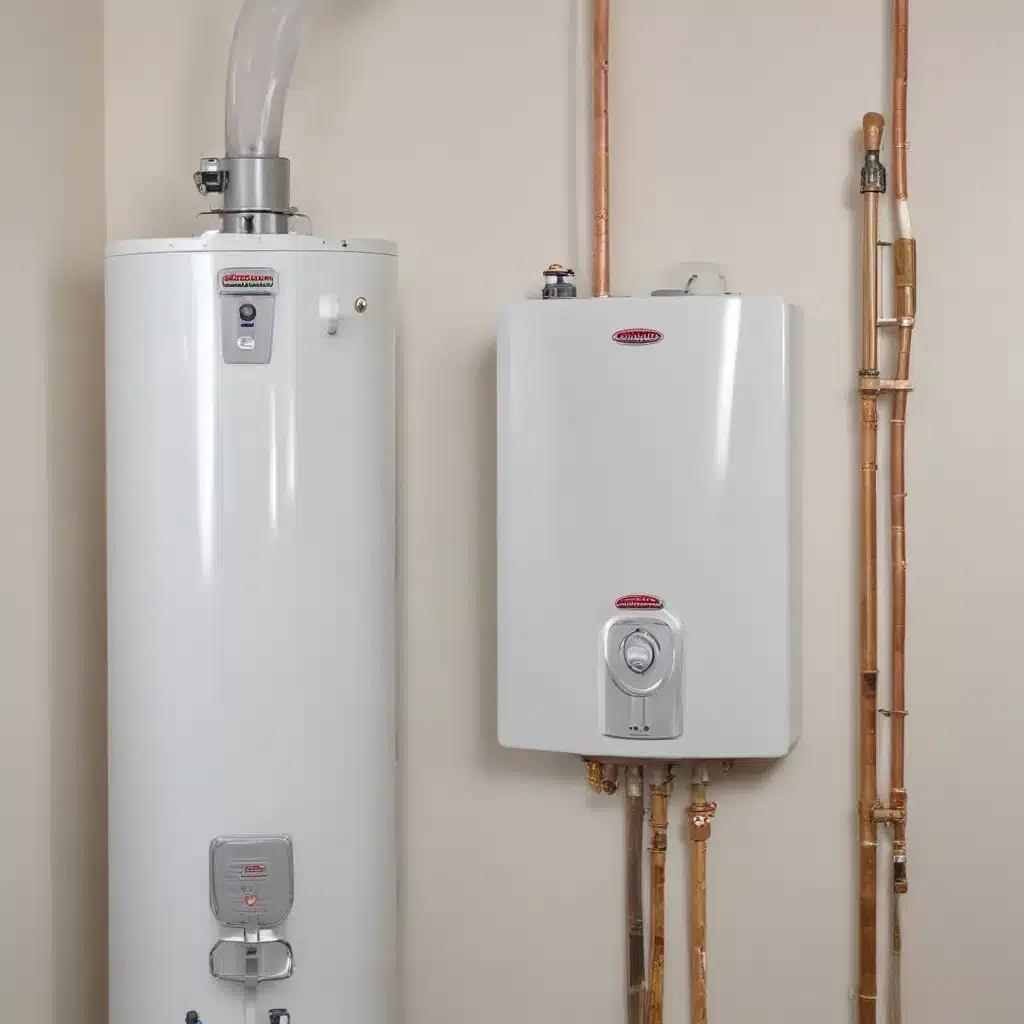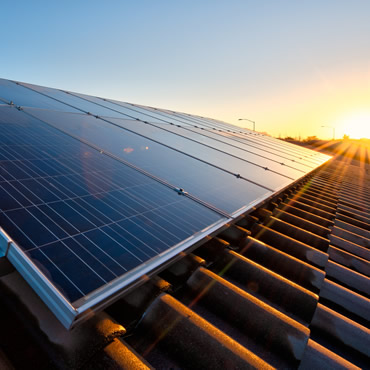
As an experienced water heater specialist, I’ve encountered countless homeowners and plumbers grappling with the frustrating issue of whistling noises emanating from their tankless water heaters. These disruptive sounds can be a real nuisance, but the good news is that there are proven methods to eliminate this problem and restore peaceful operation.
Now, this might seem counterintuitive when dealing with water heaters…
Tankless water heaters have become increasingly popular in recent years due to their energy efficiency, on-demand hot water delivery, and compact size. However, this advanced technology is not without its quirks, and the dreaded whistling is one of the most common complaints.
In this comprehensive guide, I’ll dive deep into the causes of these noises, provide step-by-step troubleshooting techniques, and share expert insights on maintaining your tankless water heater to prevent future whistling issues. Whether you’re a homeowner or a plumbing professional, you’ll walk away with a thorough understanding of how to resolve this problem and keep your tankless system running smoothly.
Identifying the Causes of Whistling Noises
The whistling sound in a tankless water heater is typically caused by one of three main factors:
Improper Gas/Air Mixture: The combustion process within the tankless unit requires a precise balance of gas and air. If this mixture is off, it can result in turbulent airflow that manifests as a whistling noise.
Restricted Airflow: Blockages or restrictions in the air intake or exhaust venting can disrupt the airflow, leading to whistling. This could be due to things like debris, improper venting configuration, or even nearby structural elements.
Water Flow Issues: Sudden changes in water flow rate or pressure can also trigger whistling, as the water interacts with the internal components of the tankless heater.
Understanding the root cause is key to effectively addressing the whistling issue. Let’s explore each of these factors in more detail and outline the steps to diagnose and resolve them.
Adjusting the Gas/Air Mixture
One of the most common culprits behind whistling noises in tankless water heaters is an imbalance in the gas/air mixture. This delicate equilibrium is critical for efficient and quiet operation, and even minor changes can throw it off.
The first step is to inspect the gas valve and air intake of your tankless unit. Over time, these components can become dirty or misaligned, disrupting the proper air-fuel ratio. Begin by following the manufacturer’s recommendations for cleaning and inspecting these parts.
If the issue persists, you may need to adjust the gas valve to fine-tune the mixture. This is a task that typically requires the use of a combustion analyzer, which measures the carbon dioxide (CO2) levels in the exhaust. Adjusting the gas valve while monitoring the CO2 reading is a precise process that helps double-check that the optimal air-fuel ratio.
Note: If you are not comfortable performing this adjustment yourself, it’s best to enlist the help of a qualified plumbing professional or tankless water heater specialist. Improper adjustments can lead to safety concerns or further damage to the unit.
Addressing Airflow Restrictions
Another common cause of whistling noises in tankless water heaters is restricted airflow. This can occur in the air intake, the exhaust venting, or even the internal components of the unit.
Start by inspecting the air intake and exhaust for any blockages, debris, or improper configurations. Make sure the venting is installed according to the manufacturer’s specifications and that there are no obstructions or sharp bends that could impede airflow.
If the external venting appears to be in order, you may need to dive deeper into the tankless unit itself. Check for any internal components, such as the heat exchanger or burner assembly, that could be restricting the airflow. Consult the manufacturer’s service manual for guidance on how to properly inspect and clean these critical components.
In some cases, the issue may be related to the sizing or layout of the venting system. double-check that that the diameter and length of the intake and exhaust pipes meet the specifications outlined by the tankless water heater manufacturer. Poorly designed or undersized venting can create backpressure, leading to whistling noises.
Managing Water Flow Challenges
While gas/air mixture and airflow restrictions are the most common culprits, water flow issues can also contribute to whistling noises in tankless water heaters.
Sudden changes in water flow rate or pressure can cause turbulence within the unit, leading to the undesirable whistling sound. This can happen when multiple fixtures are turned on simultaneously, or when the water pressure in the home fluctuates.
To address this, start by ensuring that the water supply lines to the tankless heater are sized appropriately and free of any restrictions or obstructions. Consider installing a pressure-reducing valve if the water pressure in your home is consistently high.
Additionally, be mindful of the minimum flow rate required by your tankless heater. Most models have a specific minimum threshold, below which the unit may not ignite or may experience performance issues. Consult the manufacturer’s specifications and adjust your water usage accordingly.
In some cases, adding a buffer tank or recirculation loop to your plumbing system can help stabilize the water flow and reduce the likelihood of whistling noises.
Preventive Maintenance Strategies
To keep your tankless water heater operating quietly and efficiently, it’s essential to implement a robust preventive maintenance routine. This not only helps address whistling noises but also extends the lifespan of your equipment and ensures optimal performance.
Key maintenance tasks include:
- Regularly Flushing the System: Periodic flushing helps remove any accumulated sediment or mineral buildup that can impact the water flow and trigger whistling.
- Inspecting and Cleaning Components: Carefully inspect the gas valve, air intake, heat exchanger, and other critical components for any dirt, debris, or signs of wear. Clean these parts as needed.
- Checking and Adjusting the Gas/Air Mixture: Periodically use a combustion analyzer to verify the proper gas/air ratio and make any necessary adjustments to the gas valve.
- Ensuring Proper Venting Configuration: Regularly inspect the intake and exhaust venting to double-check that they are free of obstructions and installed per the manufacturer’s guidelines.
- Monitoring Water Pressure and Flow: Keep an eye on the water pressure and flow rate to your tankless heater, and make adjustments as needed to maintain optimal performance.
By staying proactive with preventive maintenance, you can significantly reduce the likelihood of whistling noises and enjoy the benefits of your tankless water heater for years to come.
Enlisting Professional Assistance
While many homeowners and DIY enthusiasts can successfully troubleshoot and resolve whistling noises in their tankless water heaters, there are times when it’s best to enlist the help of a qualified plumbing professional or tankless water heater specialist.
Certain tasks, such as adjusting the gas/air mixture using a combustion analyzer, may require specialized tools and expertise. Additionally, if you’re unsure about the root cause of the whistling or have tried multiple remedies without success, a professional can provide a comprehensive assessment and recommend the most effective solution.
When searching for a qualified technician, look for those with specific experience in tankless water heater installation, maintenance, and repair. They should be familiar with the unique quirks and requirements of these advanced systems and have the knowledge to quickly identify and resolve any whistling issues.
At Water Heater Pick, we maintain a network of trusted tankless water heater specialists who can assist homeowners and plumbers with all their water heater needs, including the elimination of whistling noises. Don’t hesitate to reach out to our team for a referral or to learn more about our comprehensive water heater services.
Conclusion
Dealing with whistling noises from a tankless water heater can be a frustrating experience, but it’s a problem that can be effectively resolved with the right knowledge and approach. By understanding the common causes, such as improper gas/air mixture, restricted airflow, and water flow challenges, you can systematically troubleshoot and address the issue.
Implementing a robust preventive maintenance routine is also key to maintaining the quiet operation of your tankless water heater. Regular flushing, component inspections, and adjustments can go a long way in preventing the development of whistling noises.
Remember, if you’re ever unsure or uncomfortable tackling the problem yourself, don’t hesitate to enlist the help of a qualified plumbing professional or tankless water heater specialist. Their expertise can be invaluable in identifying and resolving even the most stubborn whistling issues.
By following the guidance outlined in this article, you’ll be well on your way to enjoying the benefits of your tankless water heater without the disruption of unwanted whistling noises. Happy heating!
Example: Installation Tips for New Water Heater Owners 2023

